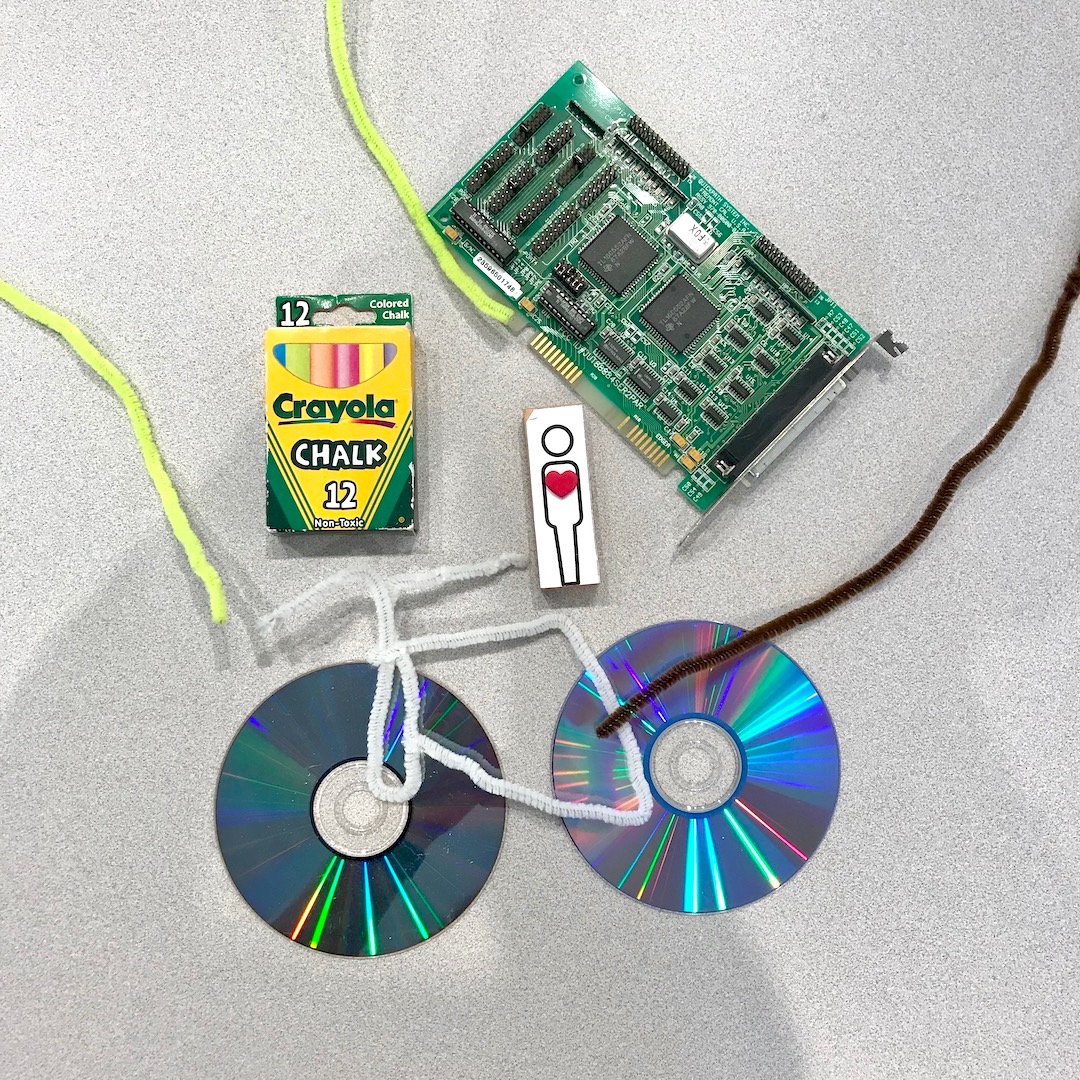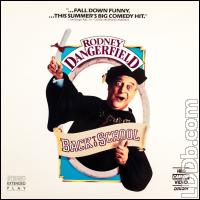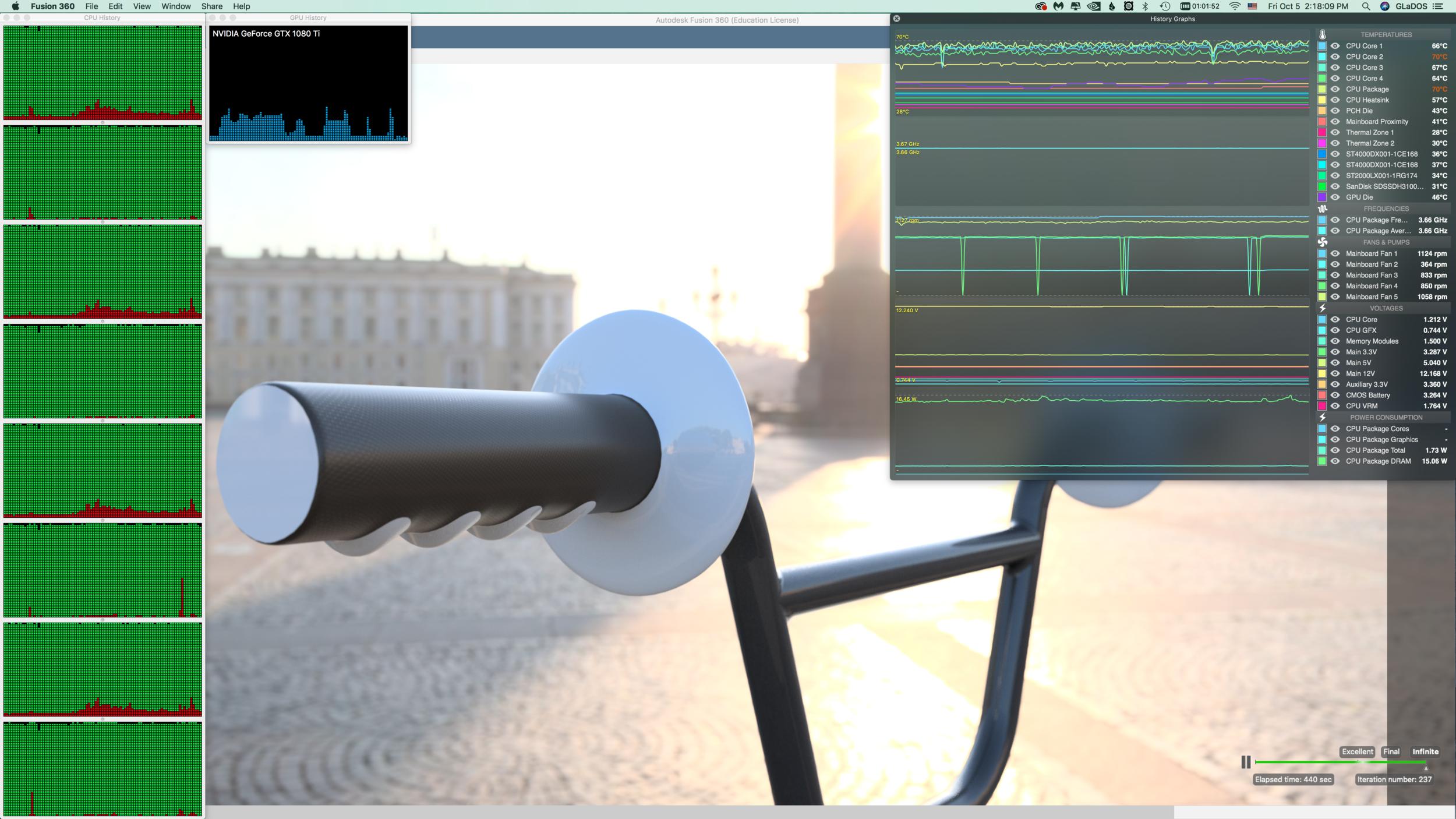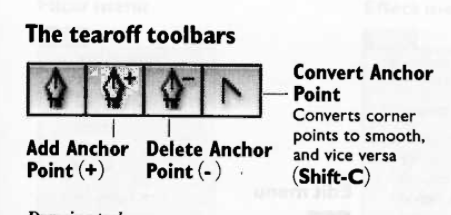The concept of capital-D Design is amorphous and continues to expand in scope, from specialized trades (Graphic Design, Industrial Design), to a generalized “liberal art of technological culture” (page 5).
The author describes this strange journey from silos of specialization to a generalized approach of research in the 20th century.
To quote John Dewey (The Quest for Certainty) :
The key takeaway from the Dewey’s block quotes seems to suggest that Science, art, and technology’s interactions in the 20th century transformed from a method for gaining knowledge through proscribed process, to one of gradual expansion of knowledge through incremental, evolutionary precision. This is achieved by planned set of linear operations. But what remains poorly understood is the relationships between art, technology, and science as a set of specialized knowledge. Science is a product of a process, and is easily mistaken for truth, rather than the outcome of process.
There is too much reverence for this process, and when this “recipe” is applied to technology, we run the hazard of advancing (through technology) inferior solutions to human problems (e.g., making a better mousetrap is given precedent over improving our understanding of rodents and what attracts them). Dewey describes this “circular relationship (page 7) between arts of production and science.”
“Instead of meaning knowledge of how to make and use artifacts or the artifacts themselves, technology for Dewey is an art of experimental thinking” The author suggestions (page 8) that technology can be produced through science, but that art (liberal art context), “lies behind and provides the basis for creating other types of products.”
Observations:
From last week’s reading, the author described Edison’s experimentation through iteration is slow and sloppy. It does not follow the same set of steps typically found in the scientific method. But it is another approach to development of technology.
In the syllabus, Jonathan Chapman described design as, “the process of turning existing situations into preferred ones.” This is a quote by Herbert Simon. Herbert Simon is mentioned (On page 9), and his text is quoted from The Science of the Artificial.
The proper study of mankind is the science of design, not only as the professional component of a technical education but as a core discipline for every liberally educated man.”
Design as a multidisciplinary practice can be categorized in four different ways (page 9):
Symbolic and visual communication (graphic design)
Material objects (product/industrial design)
Activities and organized services (Interaction Design/UX)
Complex systems or environments for living, working, playing (urban/city planning, architecture, sustainability, etc.)
The author then explains how these discrete categories could not remain compartmentalized, and quickly expanded, overlapped, and evolved into other fields (architecture is a good example).
The author suggests that this pattern grew beyond categories, and into a set of placements.
Placements are constrained, but can exist within different circumstances (contexts).
Categories lock the ways we think about problems, and limit us to thinking in those older (and possibly outdated) paradigms. Placement allows for novel approaches to existing problems, outside of their original contexts.
The author assert (on page 13), that placements are primary, and categories are secondary. Scientists and designers often struggle to communicate within a meaningful framework, because designers rarely work within the boundaries of any one discipline - scientists are typically specialized to specific fields (page 14).
From page 15: it is tempting to divide design thinking into two steps: problem definition, problem solution. This suggests a linear process (which is clearly not true). The author also makes their first mention of “wicked problems.” And on page 16 the author suggests that designers often are confronted with “wicked problems” because design is a universal field, related to all human experience.



































































